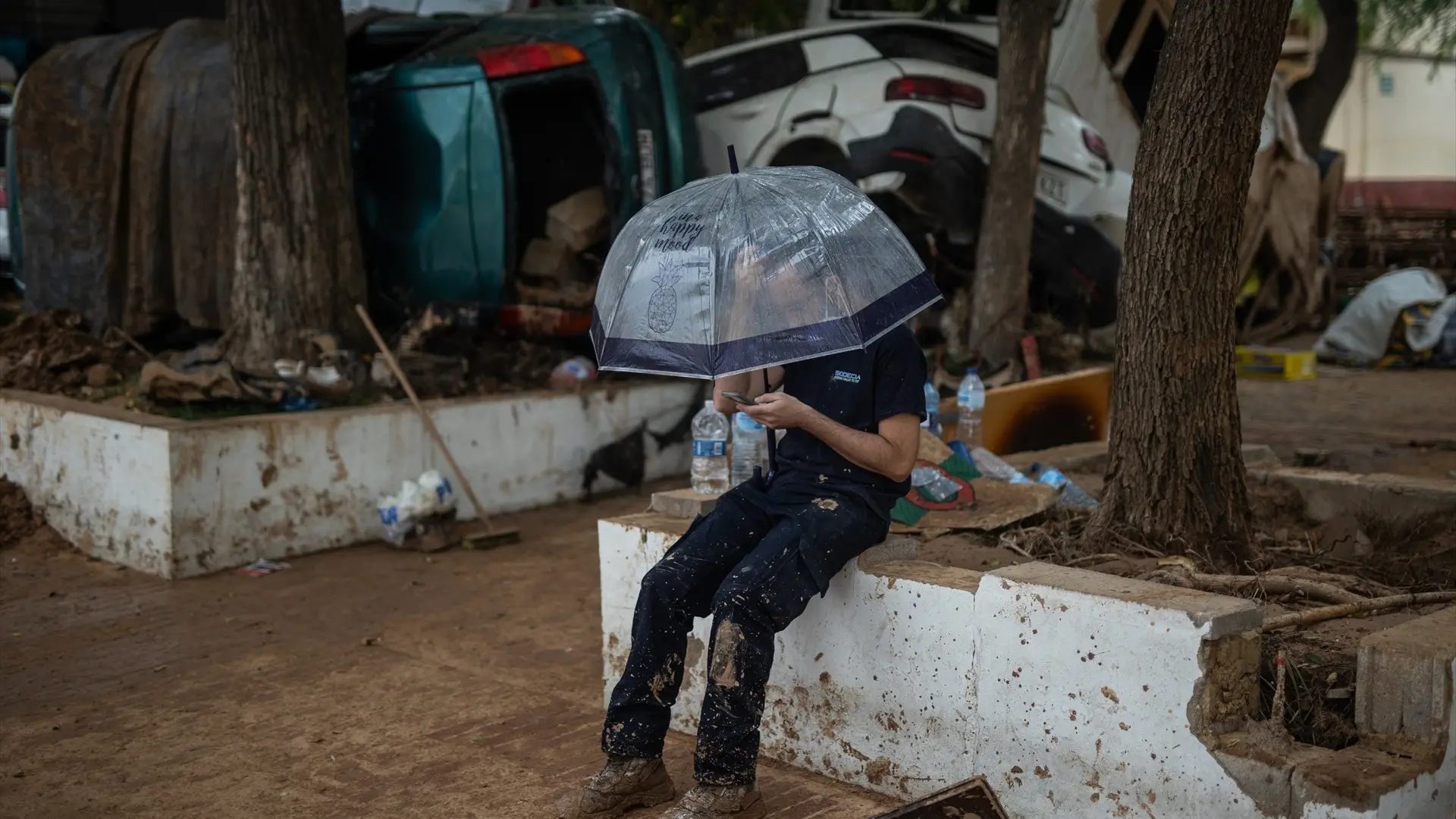Cold drop and DANA are synonymous terms, but the former was replaced by the latter because of its association with “the great storms of the eighties. [del siglo XX] which left fatalities and great material damage” and “generated alarm every time a meteorologist talked about cold drop“.
This was explained to EFE by the spokesman for the State Meteorological Agency (AEMET) Rubén del Campo, who said that this meteorological phenomenon “does not always cause torrential rains“It has multiple effects and can generate “things as disparate as heat waves, the arrival of suspended dust from Africa or milder rains”.
The DANA, “is basically a pocket of cold air in the upper layers of the atmosphere that is isolated from the general atmospheric circulation, surrounded on all sides by warmer air,” says Del Campo, and it is the meeting of the winds that circulate around it with the cold character of its core, which can generate strong storms.
The difference between a DANA and a squallHe adds, “it is a very technical question” but it could be summarized in that “the squall is a low pressure system that is identified at all levels of the troposphere, from the surface to the high levels, and usually has associated fronts”, while the DANA “does not usually have that reflection of low pressure at the surface because, as its name indicates, it is an isolated depression at high levels”.
Thus, the passage of a squall “although sometimes includes some intense storm”. usually discharges lighter precipitationwhile the DANA lacks associated fronts and what it does is to propitiate “storms of great intensity with torrential rains in not very extensive areas”.
This is what makes it a more violent phenomenon, “unfortunately, more difficult to predict“and therefore dangerous as it is capable of leaving large amounts of water on smaller surfaces.
Floodable surface area in Spain
Since last October 29th, Spain has been suffering the passage of a DANA that has claimed more than 219 deaths in the east and south of the country, while the search for missing persons in flooded areas continues.
According to data from the Ministry for Ecological Transition, it is estimated that currently in Spain 2.7 million people currently live on flood-prone land.473,000 of them in areas that flood on average once every 10 years.
In addition to its definition as an acronym, the name DANA is “a play on words, a tribute to Francisco García Danaa meteorologist who was very knowledgeable about the effects of cold drops” and a colleague of Manuel Mariano Medina, the most popular meteorologist at a time when there were only two channels of Televisión Española.
Doctor in Physical Sciences, García Dana joined as a meteorology assistant in 1950 and his first assignment was in Villa Cisneros, in the Spanish Sahara (today, Western Sahara); in 1979 he obtained by merit competition head of the Centro de Predicción of the then National Meteorological Institute.
His death, at the age of 60 in June 1984, prompted his colleagues to. to create a term that would define the atmospheric phenomenon while maintaining its memory.


